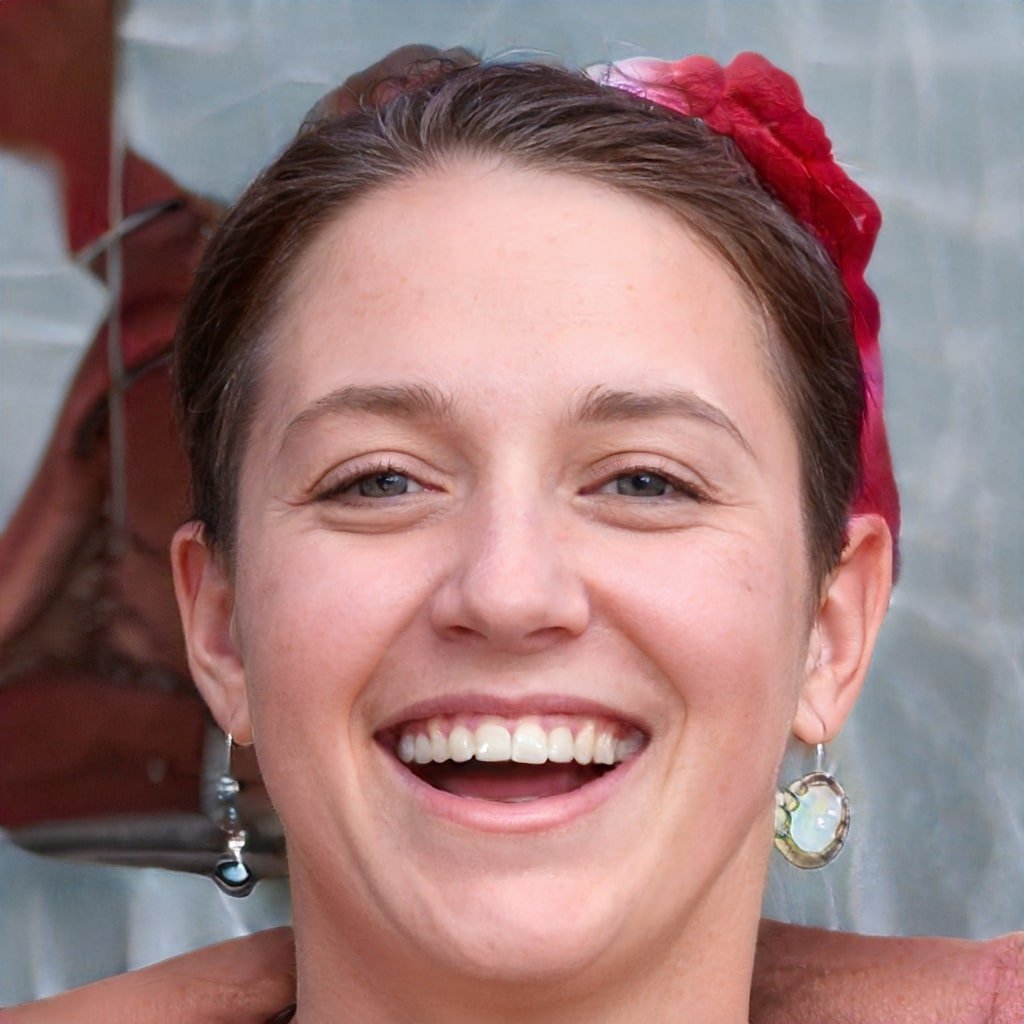Confused about the increased hair loss after PRP treatment? We explain the causes and what to expect during the hair growth cycle.
If you’re looking for the best PRP hair restoration in Beverly Hills, you may have heard about Platelet-Rich Plasma (PRP) therapy as a promising solution for hair loss.
But what happens when you undergo a PRP treatment and start losing more hair?
This is known as “shock loss” and it’s a common phenomenon, but don’t worry, in this article, we’ll explore the reasons why shock loss occurs and the factors that contribute to it, and what you can do to minimize its effects.
How Often Do Patients Lose Hair After PRP Hair Treatment?
It is possible for hair shedding to occur after PRP treatment. This is because PRP involves flooding the scalp with many different growth factors, cytokines, and chemokine, which can be a shock to some hairs and cause them to shed.
This type of shedding typically starts 6 weeks after treatment and can last 8-10 weeks.
It is also possible that PRP can cause a telogen effluvium, which drives the underlying androgenetic alopecia to worsen.
However, it is important to note that any regimen (medication or PRP) that stimulates cells to switch into a growth phase can cause shedding.

Causes of Hair Loss After PRP Hair Treatment
The most common cause of hair loss after PRP treatment is the sudden introduction of growth factors, cytokines, and chemokine to the scalp.
This can cause temporary hair loss for a few weeks after the PRP injection therapy, which is normal as it stimulates hair growth.
There is no downtime associated with this treatment, but shedding when starting minoxidil, laser, or Propecia (if it is noticeable) typically occurs within the first two to eight weeks of therapy.
This can certainly occur after an effective treatment is begun and can continue for some time as the current hair shafts shed in response to the new environment.
Another cause of increased shedding after PRP treatment is that the injections have worsened the underlying hereditary hair loss.
In rare cases, the injections can also cause an inflammatory reaction which can lead to increased shedding.
How to Prevent Hair Loss After PRP Treatment?
To prevent hair loss after PRP treatment, it is important to wash the hair with gentle shampoo after 24 hours and avoid rubbing or pressing the treated areas too hard.
There is no downtime associated with this treatment, but if progressive hair loss occurs after 12 months, re-treatment may be necessary.
PRP Treatment Recovery Time for Hair Loss
The recovery time for PRP treatment for hair loss is typically 3 to 4 weeks. However, it may take up to 2 to 3 months before results are visible.
During the recovery period, patients may experience minimal swelling, flaking, redness, and sensitivity which should resolve within 48 hours.
It is important to note that results are not immediate and the growth cycle for a new hair to grow from the follicle out of the skin is three months.
Conclusion
In conclusion, PRP (Platelet-Rich Plasma) hair restoration is a popular treatment option for hair loss, but some people may experience increased hair shedding after the procedure.
This is a normal part of the hair growth cycle and should not be a cause for concern.
If you’re considering PRP for hair restoration, it’s important to consult with a reputable specialist, such as those found in the best PRP hair restoration in Beverly Hills.

